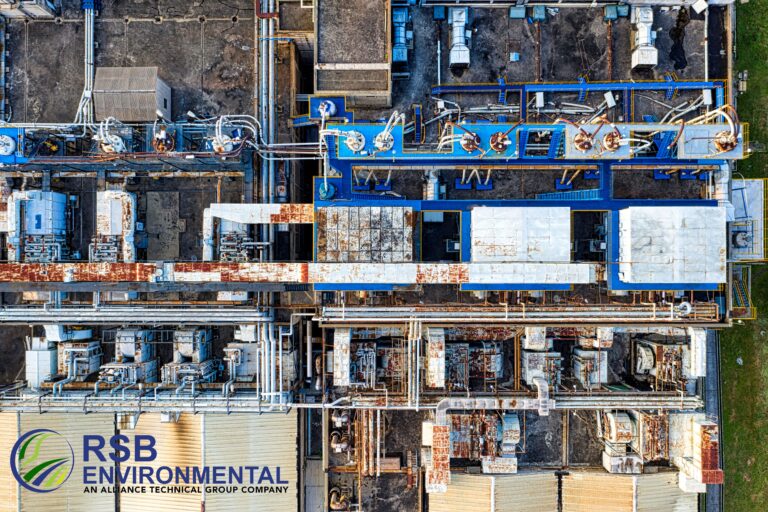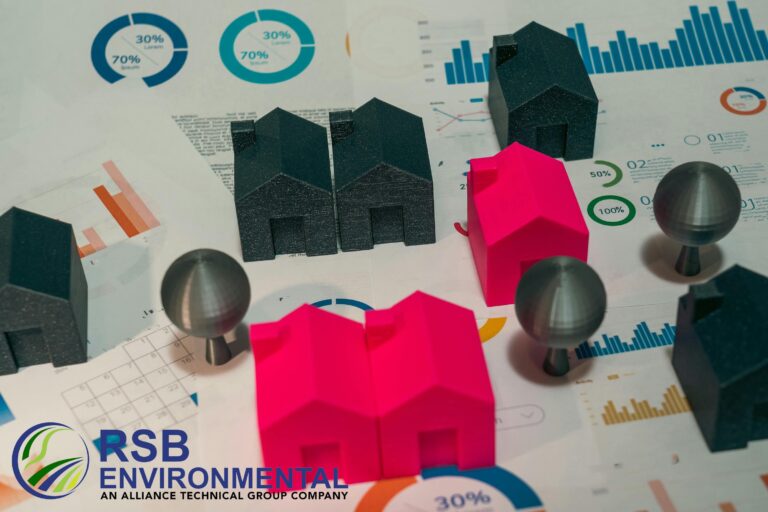All Blogs

ASTM Standards for Property Condition Assessments: Why They Matter for Developers
ASTM Standards for PCA provide a consistent framework that strengthens due diligence, improves report reliability, and accelerates decision-making. For developers, ASTM E2018 offers clearer risk insights, stronger negotiation leverage, and better alignment with lender expectations—leading to fewer surprises and more predictable project outcomes.

Using Facility Condition Assessment Data to Improve Facility Performance
Facility Condition Assessments produce valuable insights—but their real power comes when those findings are converted into Facility Performance Data. By linking deficiencies, lifecycle estimates, and system conditions to ongoing metrics and monitoring, facility teams can improve reliability, reduce costs, and make decisions supported by evidence rather than assumptions.

What is a Facility Condition Assessment?
A Facility Condition Assessment (FCA) provides a structured definition of a building’s physical condition, documenting deficiencies, lifecycle needs, and compliance issues. This data becomes the foundation for smarter capital planning and long-term asset decisions.

Using PCA to Plan Capital Expenditures for Real Estate Development Projects
Using a PCA to Plan Capital Expenditures gives owners a structured way to convert inspection findings into a clear, prioritized, multi-year investment roadmap. When lifecycle data and risk indicators guide budgeting, portfolios become easier to manage, defend, and optimize.

The Connection Between Property Condition Assessments and Property Valuation
Property Condition Assessments for Property Valuation give investors and lenders the insight they need to align real-world property conditions with market value. By translating technical findings into clear financial terms, PCAs improve accuracy, reduce uncertainty, and support stronger investment outcomes.

How Developers Can Leverage PCA Data for Strategic Decision-Making
PCA data holds more than inspection results—it’s a roadmap for strategic planning. When developers treat Property Condition Assessments as living datasets, they turn observations into measurable improvements in capital allocation, risk control, and long-term asset performance.

Common Issues Identified in Property Condition Assessments That Affect Financing Decisions
A PCA reveals more than building wear—it exposes the risks that shape loan terms, reserve requirements, and investor confidence. Understanding the common issues identified in PCA reports, from envelope failures to life-safety gaps, helps both borrowers and lenders make informed, transparent financing decisions.

Why Property Condition Assessments Are Essential for Multi-Family Housing Developments
A focused Property Condition Assessment (PCA) for multi-family housing turns inspection data into actionable insights that safeguard value, streamline compliance, and improve long-term performance. From identifying hidden reliability risks to planning capital projects that minimize resident disruption, PCAs help developers and owners manage complex assets with clarity and precision.

Phase 1 ESA for Sustainable Property Management
A Phase 1 ESA for Sustainable Property Management connects environmental due diligence with sustainability goals. By identifying site risks early and integrating findings with capital planning, it empowers owners and investors to reduce liabilities, enhance efficiency, and build long-term value through smarter, cleaner property management.

What Real Estate Investors Should Know About PCA Reports
PCA and Real Estate Investors: What Real Estate Investors Should Know About PCA Reports The Property Condition Assessments Report Guide for Investors is not a



